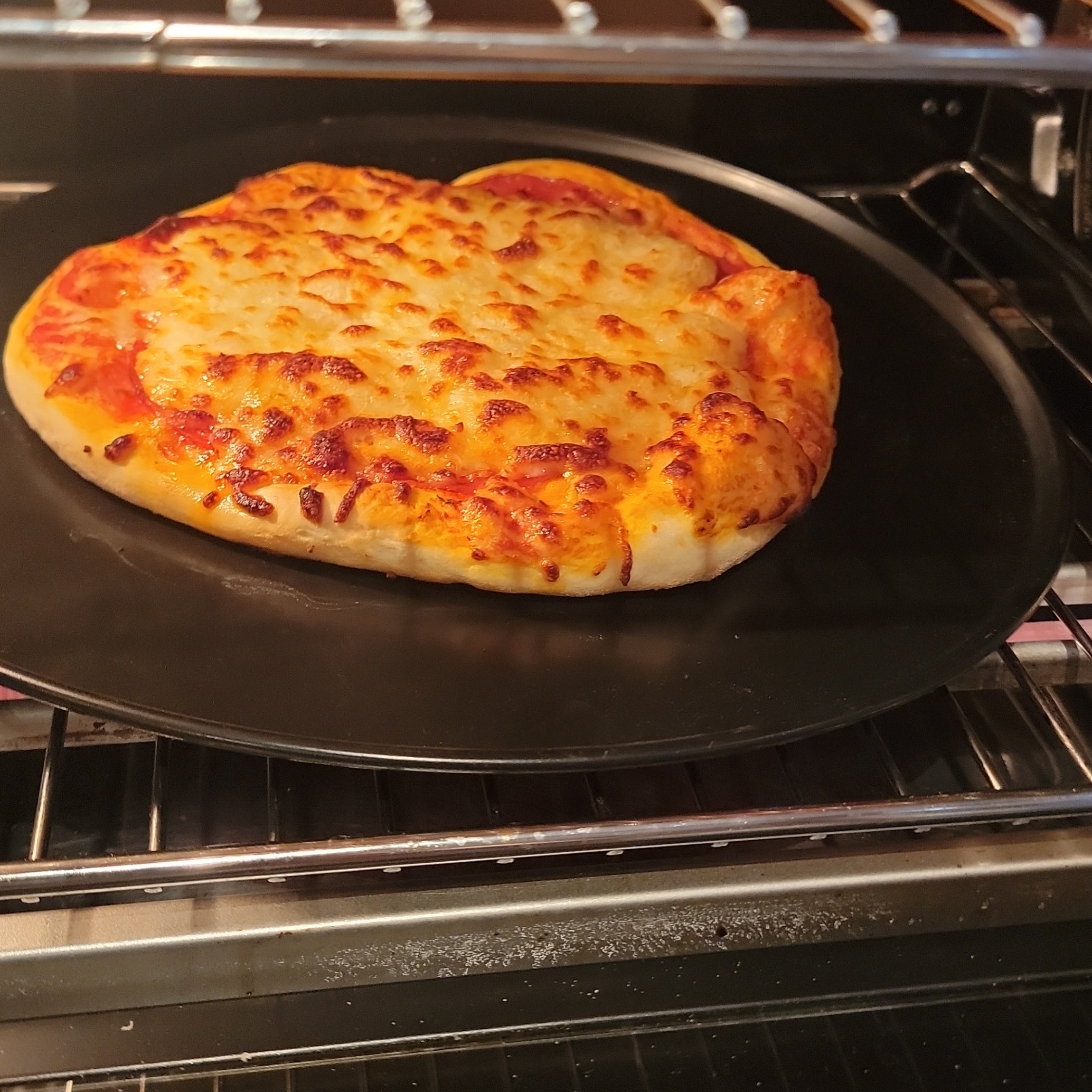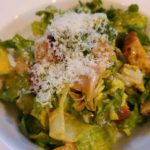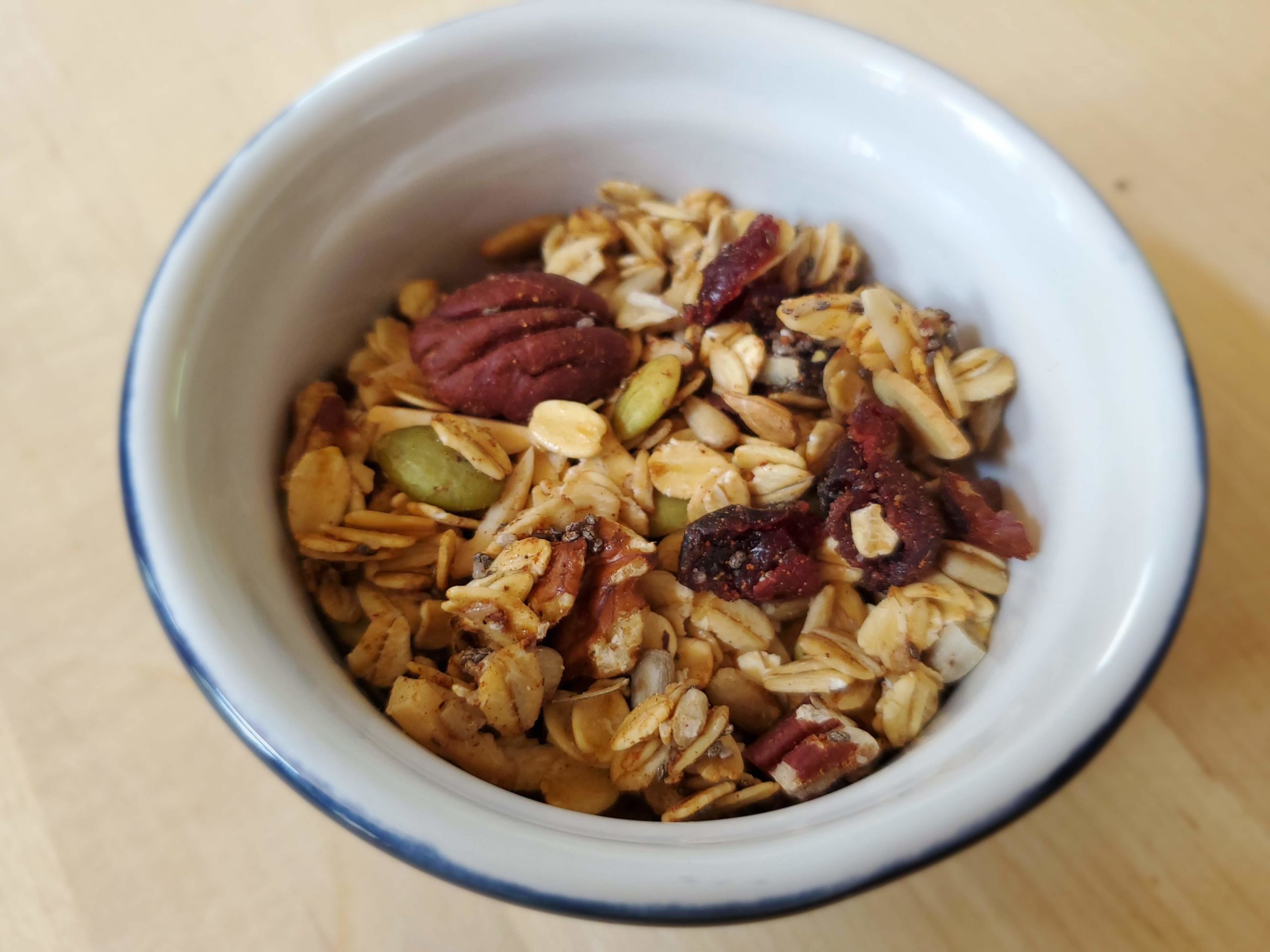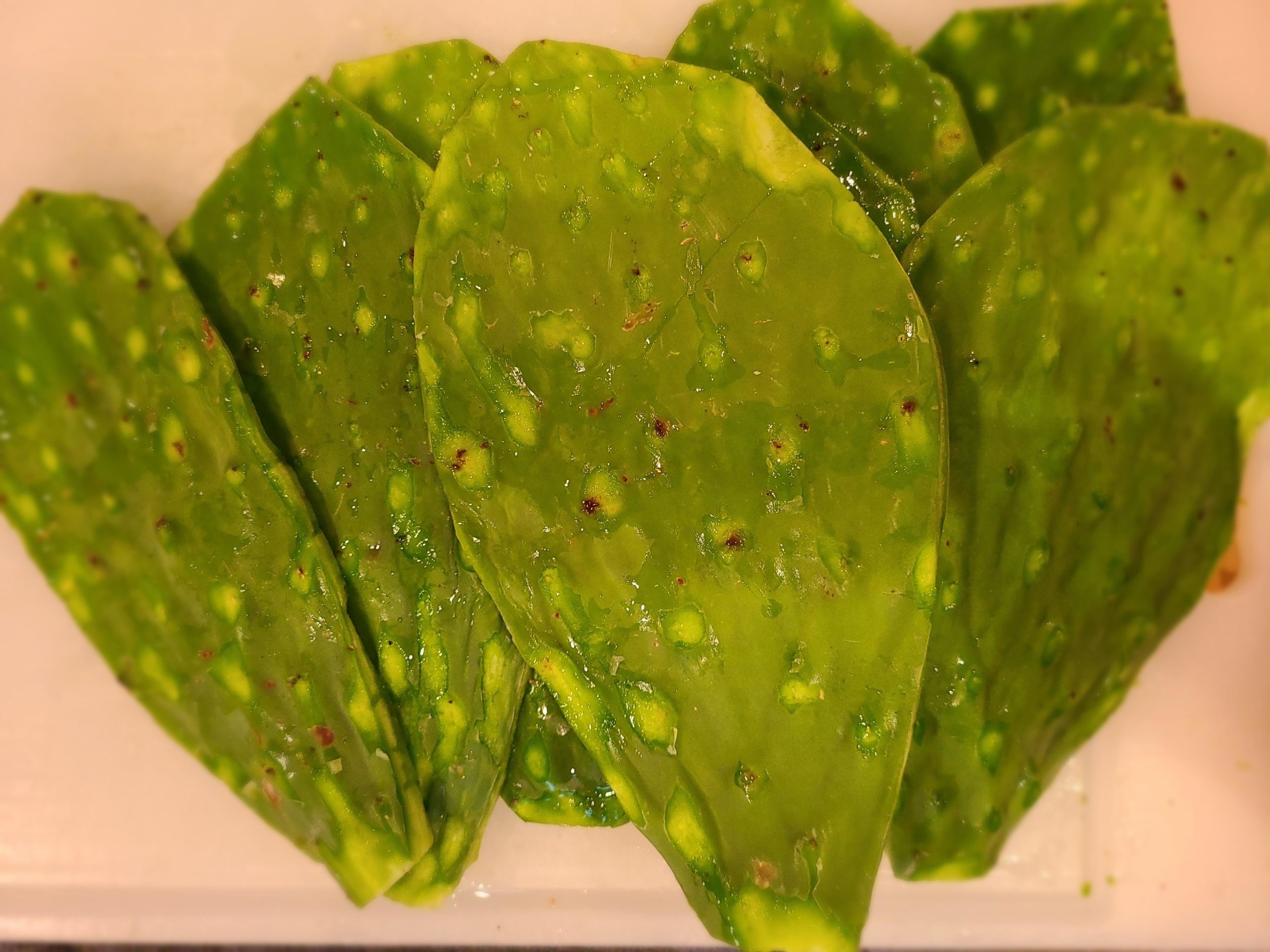Let’s be honest, who doesn’t suddenly crave pizza as soon as you know there’s a BOGO deal out there, or on Friday evening, or on Saturday, or even on Sunday? I mean, we could all order a pizza delivery or carryout form our preferred chain, or if we are plenty lucky, the neighborhood pizzeria serving it from a wood-fired oven and with our ingredients of choice. In reality, it’s not always what we’re craving. We sometimes want to prepare them ourselves at home, and why not, include everyone in the family in the feat.
Now, this pizza dough recipe requires very little. However, there are a couple VERY important requirements I will insist on: TIME and a SCALE. And even when you could prepare the dough using measuring cups and spoons, I will totally insist on using the scale as this will help you obtain the best result possible.
Pizza Dough

Having this recipe at hand requiring so little effort will make everyone help out to prepare delicious homemade pizzas.
- Medium bowls
- Silicone spatula or wooden spoon
- pizza stone
- Pizza Peel
- 115 g. all-purpose flour
- 1 g. instant yeast
- 5 g. sugar
- 5 g. salt
- 2.5 ml. olive oil
- 80 g. water at room temperature (25°C or 70°F approximately)
- olive oil or cooking spray for the bowl
Prepare this dough before shaping. For better flavor development, rest for 12 to 24 hours.
In a medium bowl mix the flour, instant yeast, sugar, and salt. Form a well and in the middle hole add the water and olive oil. With a silicone spatula or a wooden spoon, incorporate the flour into the liquids little by little to hydrate the dry ingredients and form a dough. This will take about 20 seconds. It should come off from the bowl, but still be a little sticky. It won't be silky smooth, though. The texture will still be a little rough and that's fine.
Knead with your hands for about 3 to 4 minutes to integrate the lot and make it a homogeneous dough.
Let the dough grow. Smear a little oil to a second bowl (you may spray it with some cooking spray if you'd rather) and place the dough ball in. Toss the ball around the bowl to cover all its surface with oil. Cover with plastic wrap and let it rest on top of the kitchen counter for at least 1 hour and up to 24. It should at least double it size.
For better flavor development, prepare the dough at least 12 hours prior to its use. I like resting my dough for 24 hours in the refrigerator, and later on I let it soften and come to temperature on the counter for 1 hour.
While the dough is resting, prepare the tomato sauce, if you're using, as well as the toppings you'll be dressing your pizza with. Remember that you should cook all toppings ahead, as the time the pizza will be in the oven won't be enough for them to be cooked through.
Preheat your oven at 260 °C (500 °F) one hour before you want to put your pizza in. Place an oven rack at the highest position possible and then place a pizza stone or a baking sheet upside down if you don't have a stone or a baking steel.
Dust your working surface with a little flour and take the dough out of the bowl. Lightly punch the gas out and form a disk with the dough. If you'd rather use a rolling pin, you may do so as well. Extend the dough as thin as you wish. If the dough bounces back or it's difficult to work with, let it rest for a few more minutes. Use additional flour, as need there'd be, to avoid the dough from sticking to the table.
Dust a pizza peel or a second upside-down baking sheet with some cornmeal and place the dough disk on top. Smear a little olive oil on the dough, add the tomato sauce and whatever toppings you've chosen, and finish off with some cheese. Cautiously shake the pizza peel or the baking sheet -whatever you're using- to be sure the pizza is not sticking to the surface and you can slide it into the oven.
- Deslice suavemente la pizza sobre la piedra para hornear caliente y hornee durante unos 5 minutos o hasta que el queso se derrita y la corteza esté bien dorada.
You may use different kinds of flour, such as 00, all-purpose, or bread. A good recommendation to begin variations in the pizza texture is to use 50/50 ratio of 00 and bread flour.











